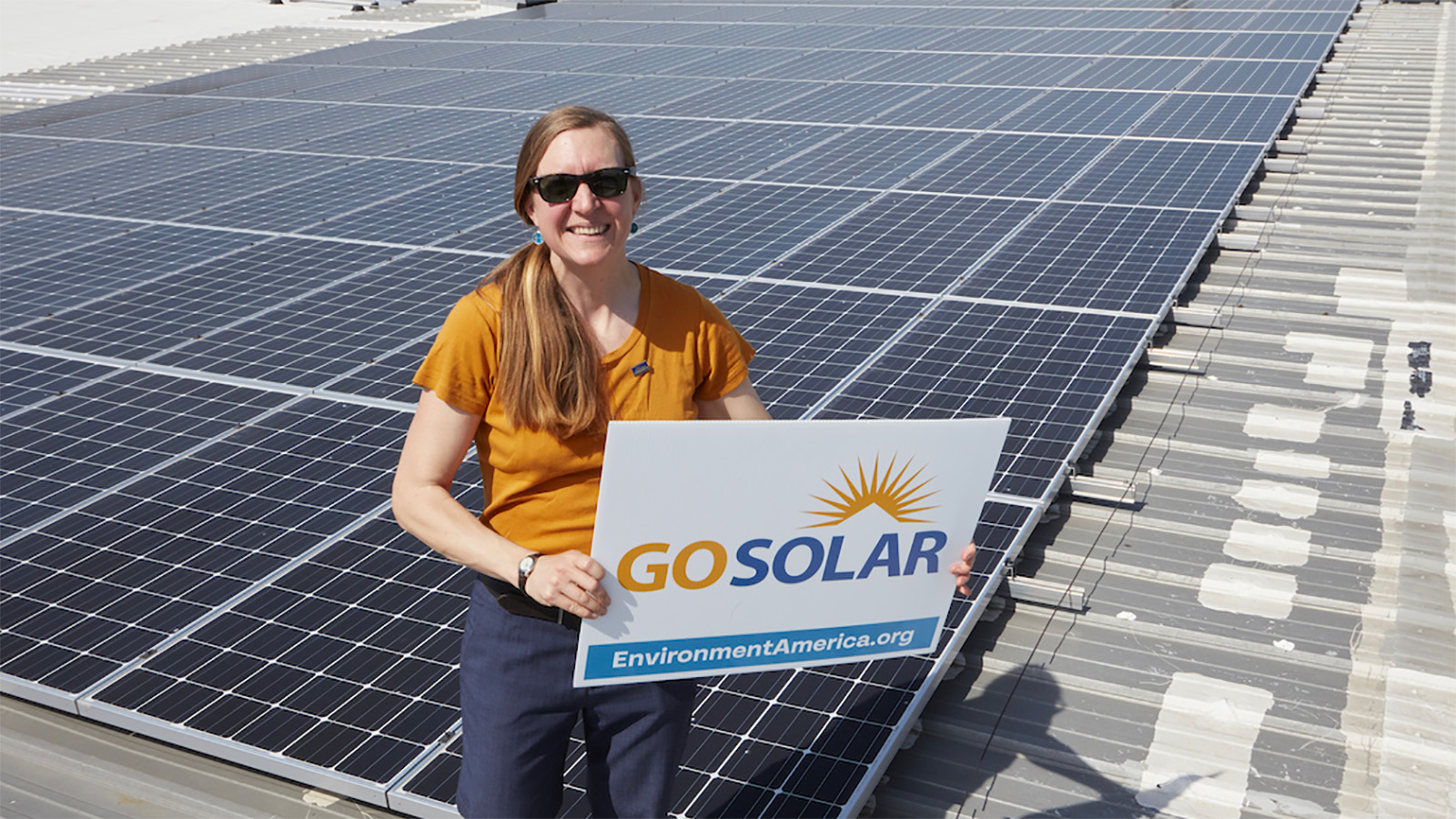2021 was a banner year for renewables
A roundup of the year’s clean energy progress
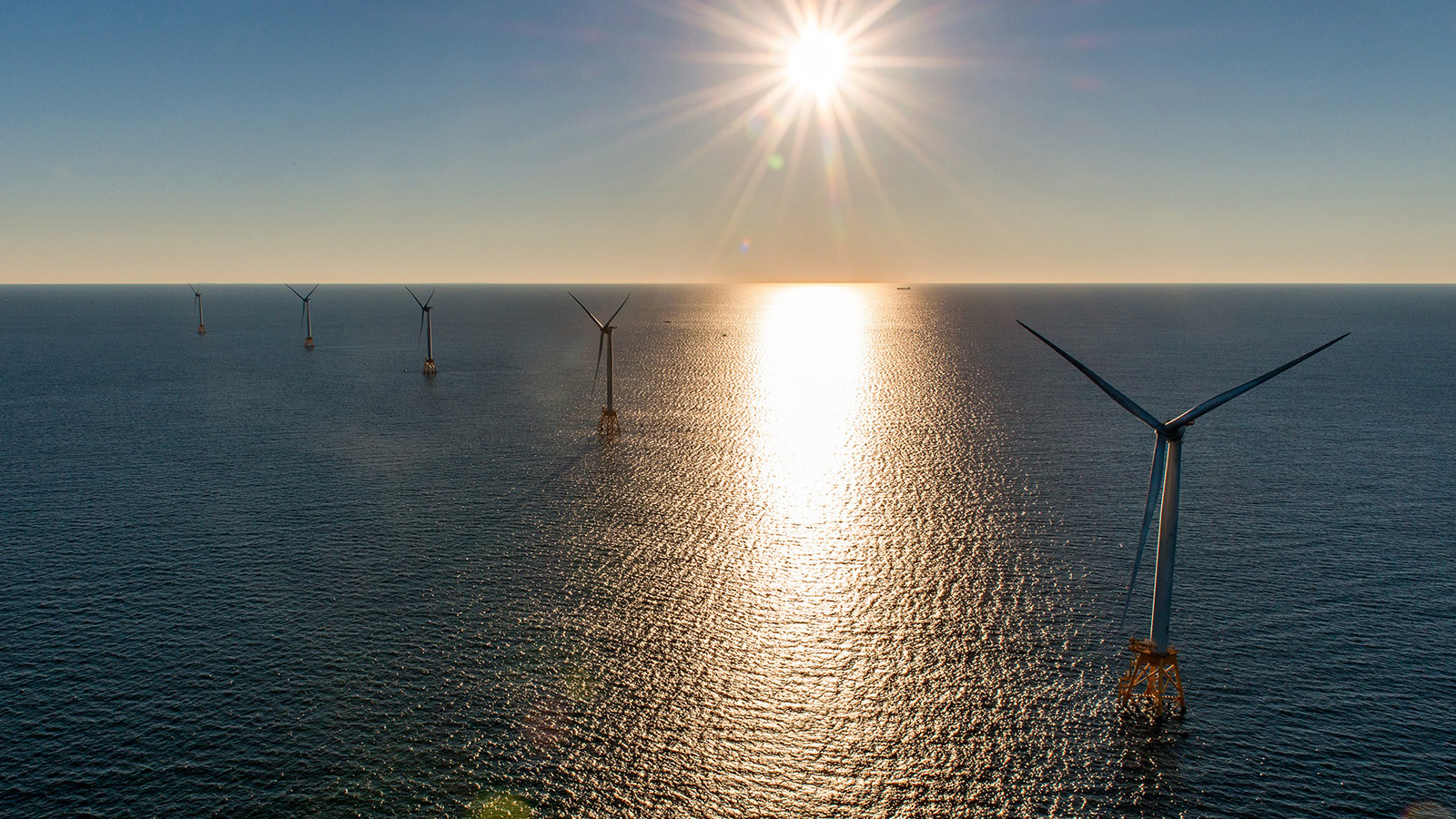
I can’t believe it, but 2021 is quickly coming to a close, Spotify is “wrapping” up everyone’s year and the New Year is just around the corner. Looking back, it’s perhaps surprising that it’s been a big one for clean and renewable energy, given that the world is still gripped by the COVID-19 pandemic and its ripple effects on our lives, government priorities and economies. Nonetheless, we not only saw another year of record clean energy growth in 2021, but also an encouraging variety of ambitious actions taken at every level of government to ensure that trend continues. To help you end the year on a note of gratitude, here’s a brief round-up of some of my top clean energy highlights of the year.
Let’s start in the states. As I’ve written time and time again, state leadership is crucial in America’s transition to clean and renewable energy. As in recent years past, they didn’t disappoint. Two additional states — Oregon and Illinois — enacted 100% clean electricity commitments in 2021, bringing the nationwide total up to nine. For some perspective on just how exciting that is, Environment America launched our campaign to secure statewide 100% commitments following California’s pledge to do so in 2018. At the time, we set a goal of getting ten states on board within five years. Now, we’re well ahead of schedule with only one more to go to hit what first seemed like a wildly ambitious goal.
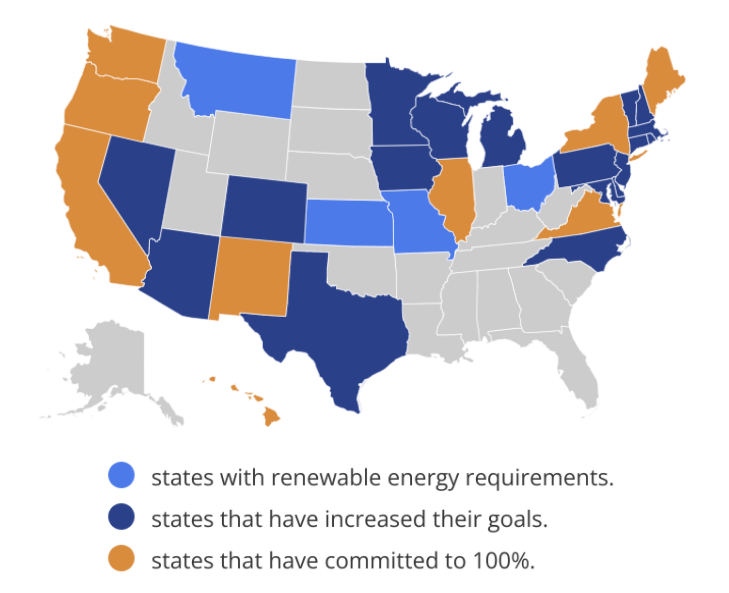
Beyond that, plenty of states enacted additional goals and policies in 2021 that will help clean and renewable energy continue to grow, too:
-
Massachusetts passed a climate bill that will reduce energy waste, expand the state’s commitment to offshore wind energy and ensure that at least 40% of its electricity comes from renewable sources by 2030.
-
California will require solar and storage for new commercial buildings and high-rise multifamily dwellings, complementing it’s existing solar requirements for new single-family homes and multifamily homes up to three stories.
-
In March, Pennsylvania announced the nation’s largest U.S. government solar commitment to date. The initiative will supply nearly 50% of the state government’s electricity through seven new solar arrays.
-
Several states opted to advance offshore wind: Maine’s state legislature kickstarted the development of a new offshore wind research array with an eye toward tapping its immense offshore wind potential. Nearby, New Jersey passed a bill that will help offshore wind and related transmission projects move forward in a timely manner and approved 2,658 Megawatts (MW) of new offshore wind capacity off the Jersey Shore. That’s enough new clean energy to power more than 1 million New Jersey homes. As part of its climate bill, Massachusetts bumped up its commitment to offshore wind power by an additional 2,400 MW to 5,600 MW by 2027, or enough to power roughly 2.8 million homes. And, last but not least, California passed a bill that will direct state regulators to set an offshore wind target for the Golden State and come up with a plan for the development of the first utility-scale offshore wind projects off the West Coast.
-
Connecticut adopted an ambitious new goal for growing clean energy storage, and Maine followed suit. Nine states have now adopted energy storage targets, which will help them realize their full renewable potential while delivering reliable power around the clock.
-
And just as important as growing clean energy is taking advantage of energy savings and efficiency opportunities. To that end, five states passed strengthened appliance efficiency standards in 2021: Massachusetts, Oregon, Nevada, Rhode Island and Maine. These requirements will reduce energy waste as well as greenhouse gas emissions while saving customers money on their utility bills.
While the states took their normal leadership position in 2021, this year also ushered in some long overdue federal action to boost clean energy. Leaders in Washington made remarkable progress on offshore wind, after years of frustrating inaction. In October, the Biden administration announced a plan to increase our nation’s offshore wind output to 30 GW by 2030. Massachusetts’ Vineyard Wind became the first utility-scale offshore wind project to win final approval earlier this year and is now officially under construction. A second final approval came not long after the first, with South Fork Wind off the coasts of New York and Rhode Island getting the greenlight in November.
Two sweeping federal bills introduced this past year could also help drive nationwide renewable energy progress for decades to come. The Infrastructure Investment and Jobs Act, passed in November with bipartisan support, will aid America’s transition to using clean energy sources by cutting energy waste, modernizing the electrical grid to improve resiliency, and upgrading transmission lines. And The Build Back Better Act, currently under consideration by the U.S. Senate, includes 10-year extensions and expansions of key clean energy tax incentive programs as well as rebates for home energy efficiency and electrification projects. Together, these bills could truly transform how we make and consume energy in America.
All of these actions have tangible impacts on our environment and our lives. Renewables on the Rise 2021, the latest edition of an annual report from Environment America Research & Policy Center and Frontier Group, paints a picture of explosive clean energy growth happening all across the country over the last decade. The report found that ambitious state renewable energy targets and other supportive policies have played an important role in enabling that growth, alongside continually falling prices and improving technologies.
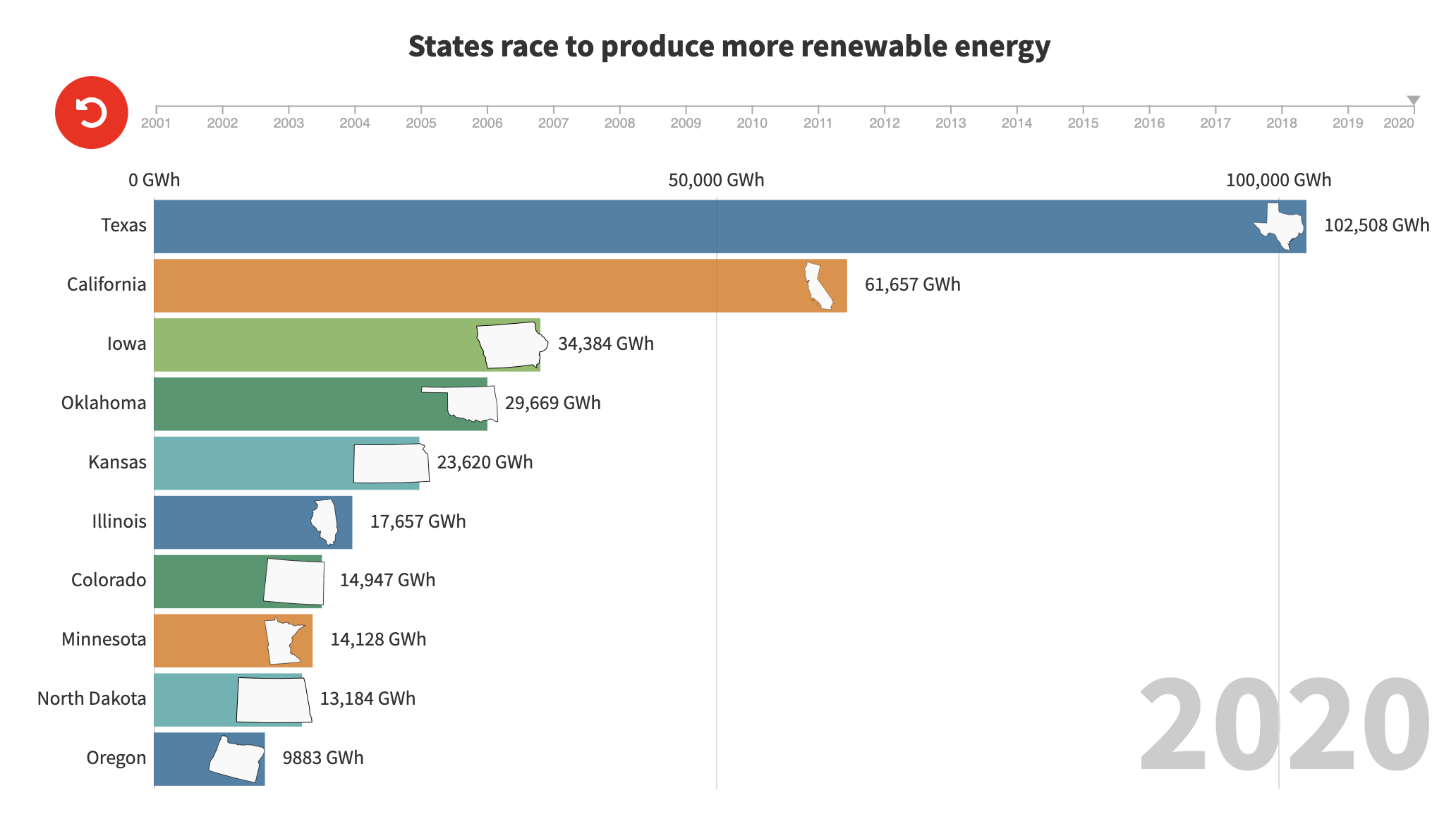
The progress we made toward a clean renewable energy future in 2021 should leave us energized and hopeful for 2022. Clean energy is booming from coast to coast and there’s broad public support for continuing that trend. Also important is that more and more leaders are taking note. So, let’s all take a moment to raise a glass to how far we’ve come during this holiday season. Then, rest up and get ready to roll our sleeves back up in the New Year to make sure we have even more to celebrate come next December.
Topics
Authors
Emma Searson
Find Out More
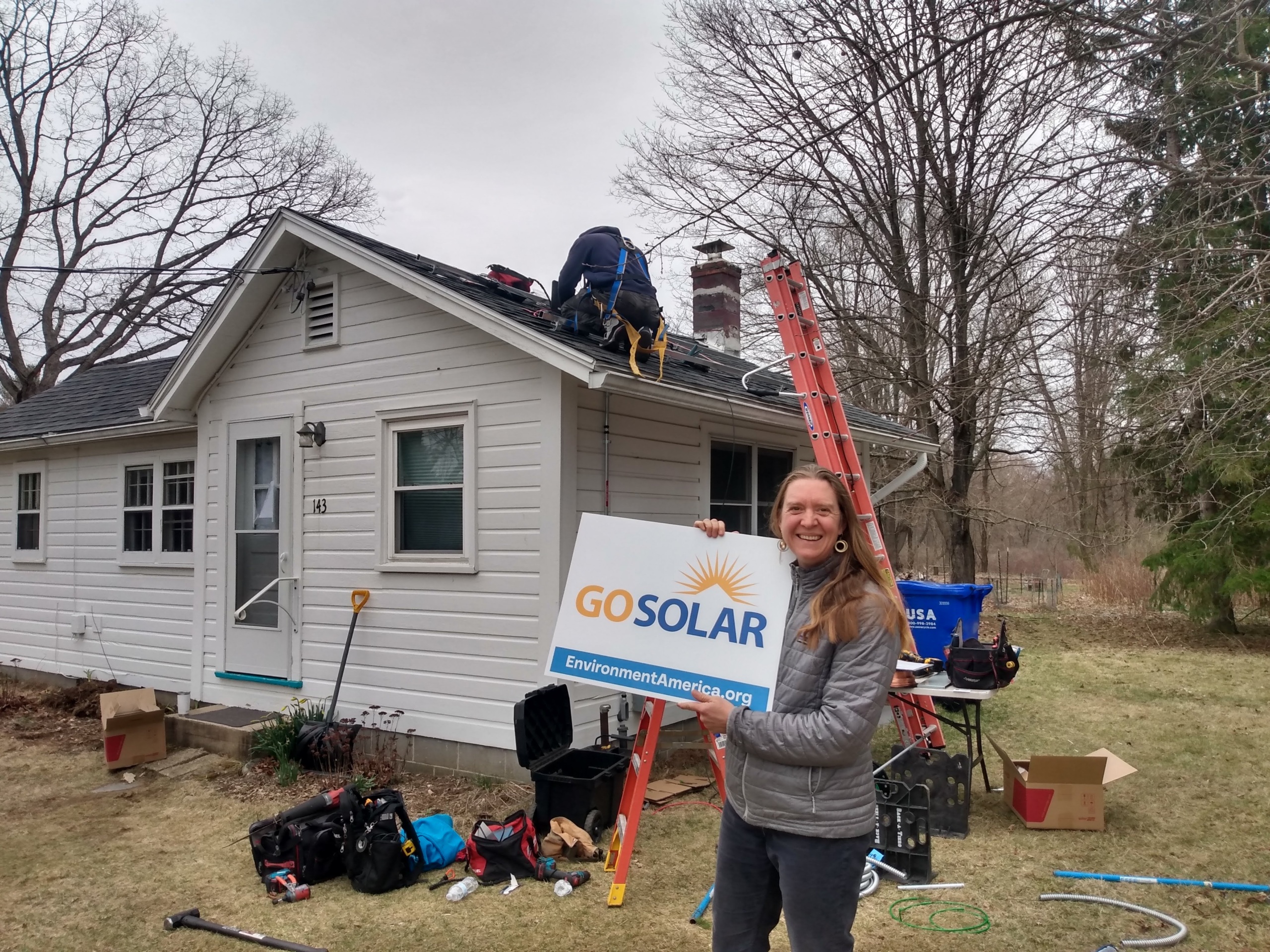
How can Massachusetts get more rooftop solar with less red tape?

What kind of planet protector are you?
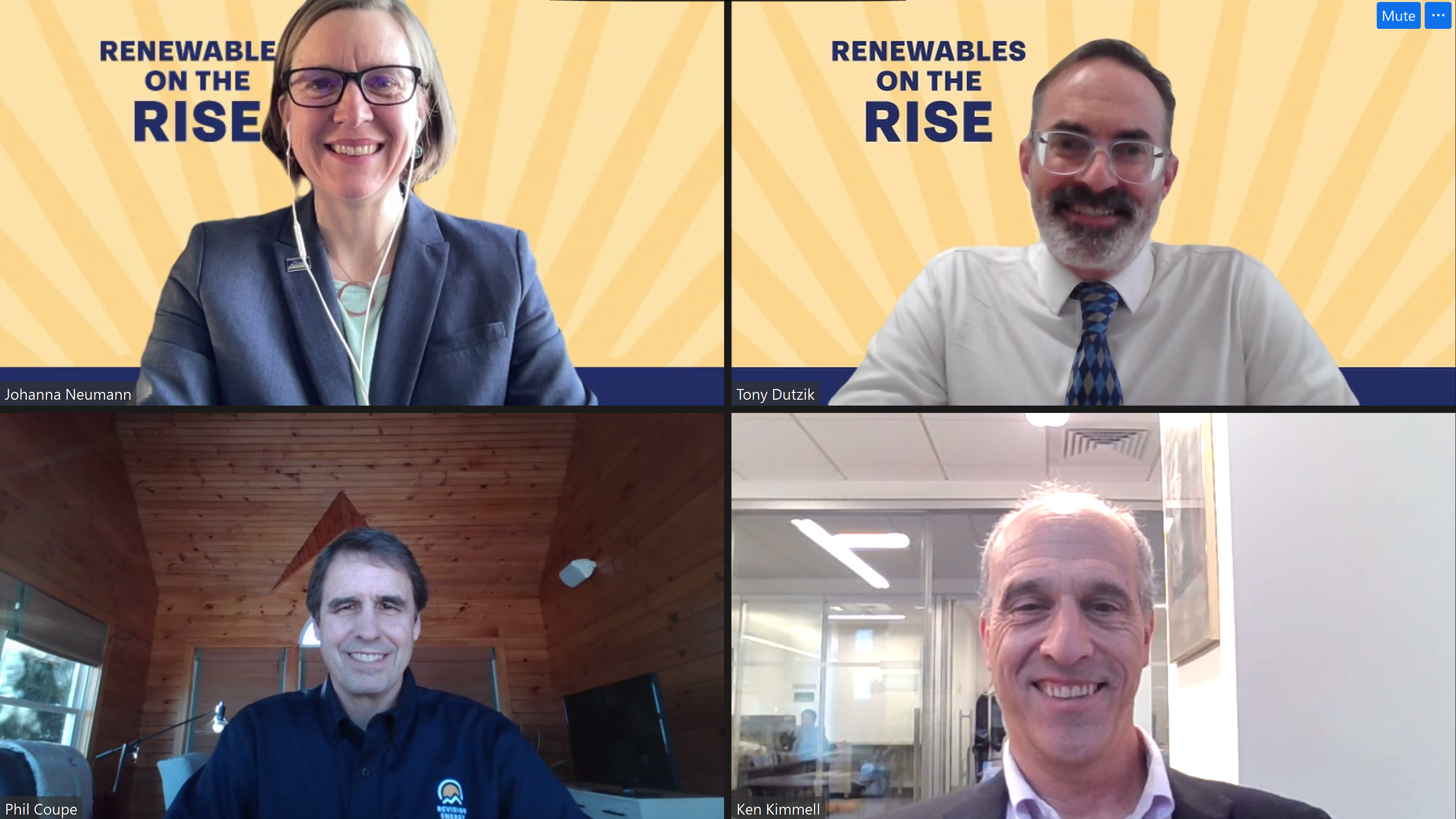
Key takeaways from Renewables on the Rise: Success Stories
